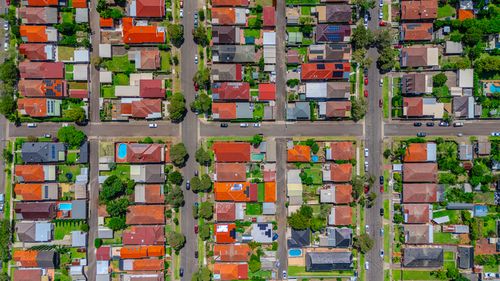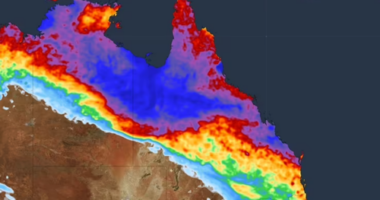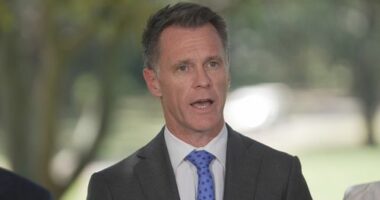Share this @internewscast.com
Over a million households in Australia are now facing severe housing stress, as highlighted by a recent report from the nation’s leading health organization.
The latest annual report from the Australian Institute of Health and Welfare examines various indicators of Australia’s progress, including life satisfaction, employment, and education.
While Australia performs well in comparison to other countries within the OECD (Organisation for Economic Cooperation and Development) in many areas, the report indicates a significant rise in financial pressures.

The findings show that approximately 1.3 million low-income households are expected to endure housing stress during 2024-25, spending over 30% of their disposable income on housing costs.
Between June 2006 and June 2024, the number of social housing units in Australia grew by 45,200.
Nevertheless, social housing represented only 4.1% of all households in 2024, down from 4.8% in 2011.
Specialist homelessness services supported about 280,000 people in 2023â24 who were either homeless or at risk of homelessness.
Nearly half (45 per cent) of the children and young people aged 15 to 24 who presented alone to agencies for support were still experiencing homelessness when their support ended in 2023â24.
And the housing system is letting others down too.

The most difficult places in Australia to find a rental
“Home ownership rates are falling with fewer young people owning their own home,” AIHW spokesperson Louise Gates said.
“Between 2014 and 2024, the median transfer price for established houses in capital cities, where most Australians live, increased substantially.”
Home ownership rates declined from 50 per cent to 36 per cent among people aged 25 to 29, and from 64 per cent to 50 per cent for those aged 30 to 34, between 1971 and 2021.














